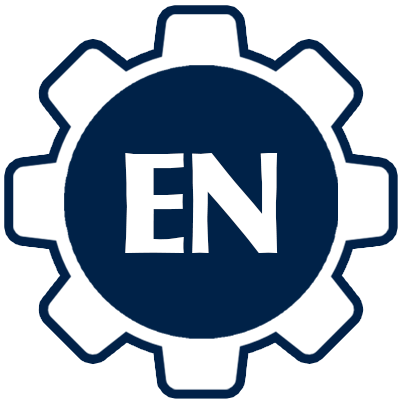Robotics for graduate students,
- Fall 2018, Sun- Tue, 16:30-18:30
- Dr. Hamid Sadeghian, Dr. Mehdi Keshmiri
-----------------------
References
-
B. Siciliano, L. Sciavicco, L. Villani, and G. Oriolo, Robotics: Modelling, Planning and Control,
New York, NY, USA: Springer, 2009. -
B. Siciliano, O. Khatib, Springer Handbook of Robotics, 2008


